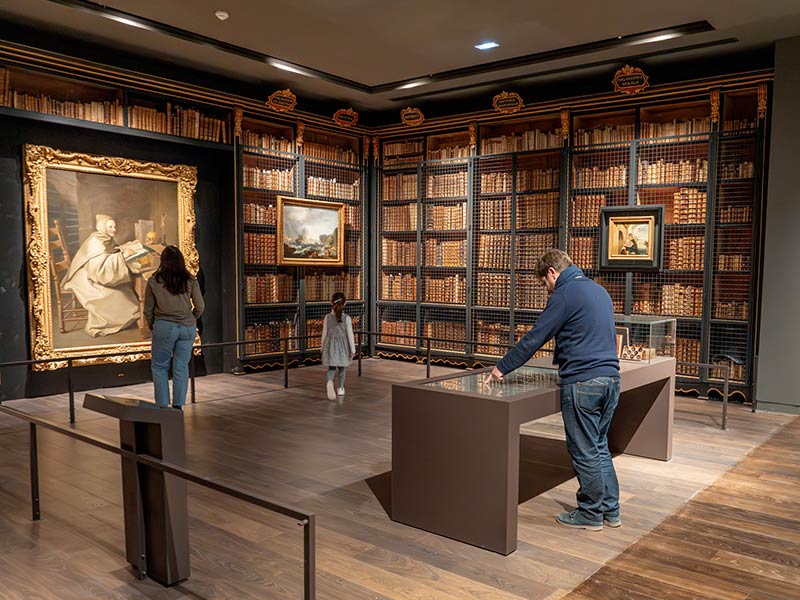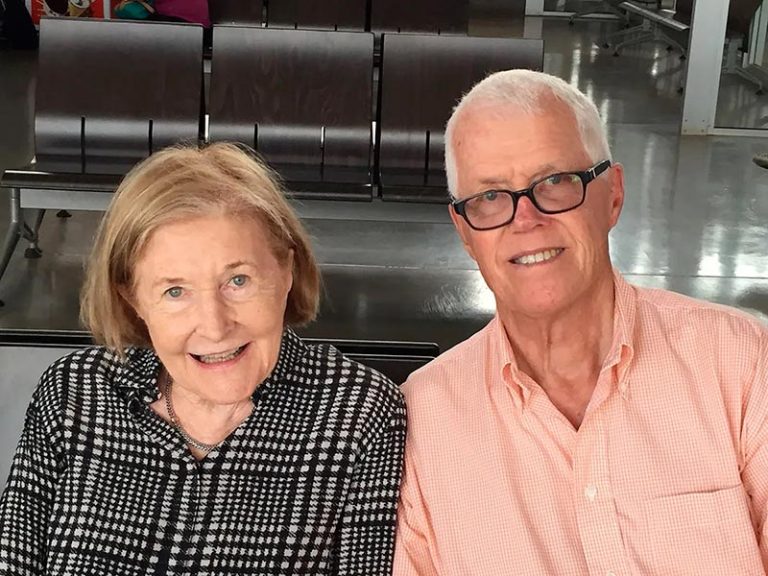Carpentras (Vaucluse). Noon: while the bell rang in the two neighboring high schools, a stream of high school students invaded the Inguimbertine, the library installed in the Hôtel-Dieu. The ritual has been anchored since 2017 and the opening of this reading room, as evidenced by its attendance figures: 135,000 visits per year, and 7,000 reader cards for a town of 30,000 inhabitants. First phase of the renovation of the Hôtel-Dieu, the library is now complete with its museum tour, inaugurated on April 21. However, it is not two institutions that share the 18th century building, but one and the same entity: “Here, you are already in a museum room! », specifies Serge Andrieu, mayor of the city, in the multimedia room of the library. Above the computer stations on which some young people play Minecraft, 19th century paintings from the museum's collections have been firmly hung on the wall since the opening. “They have these paintings in front of them all day long,” welcomes the councilor, who hopes to acculturate his young audience to the fine arts.
In the middle of the shelves or on the loan banks are scattered works, small or large, in this unique library of its kind. To achieve this result, it was necessary to reach an agreement between two departments of the Ministry of Culture, that of Books and Reading and that of the Museums of France. It took four years to set up this operation and overcome the reluctance of everyone: doesn't the presence of works in a public reading room make it intimidating, to the detriment of the objectives of reading for all? Doesn’t the presentation of works in this library pose a risk to their conservation? The historical argument of the legacy of Dom Malachie d'Inguimbert, bringing together a museum and a library, ultimately convinced the ministry. The originality of this Carpentrasian program, with its common cultural scientific project, is also at the origin of the introduction of a PCSES (cultural, scientific, educational and social project) in the field of libraries.
With the opening of the major museum tour, the City now hopes that the library's young audience will “get lost” in the heritage rooms. The invitation to this porosity is also included in the program of the BNF-Richelieu site, with its large oval room rehabilitated as a reading room for the general public; that of La Contemporaine de Nanterre, whose reading room mixes researchers and students; or in the library of the Dominicans of Colmar. “In Nanterre, we have different types of audiences, without conflicts of use, explains the director of La Contemporaine, Xavier Séné. Some only come for the place, to enjoy the outdoor spaces. There is the student public, our historical public of researchers, and the general public. But we see that these different audiences are not necessarily “porous”. Students rarely come to the museum, for example; they should be attracted through their teachers, and a visit could validate their diploma. » Converting a library audience into museum visitors is therefore not yet entirely self-evident, even if both frequent the same place.







